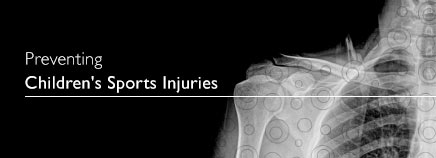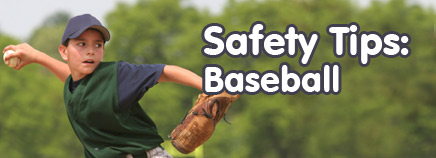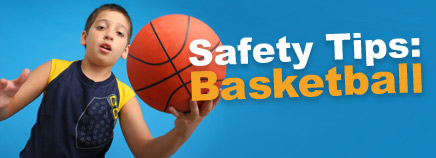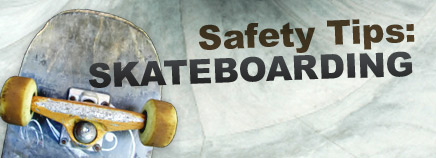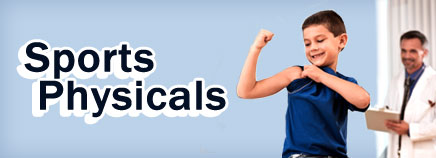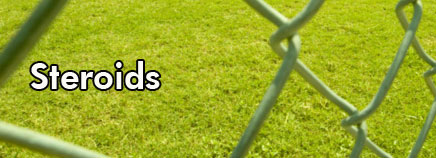Causes of Sports Injuries Participation in any sport, whether it’s recreational bike riding or Pee-Wee football, can teach kids to stretch their limits and learn sportsmanship and discipline. But any sport also carries the potential for injury. By knowing the causes of sports injuries and how to prevent them, you …
Safety Tips: Baseball
There’s a reason why baseball has been called our national pastime for decades. It’s as American as hot dogs and apple pie. It’s been a summer tradition in big cities and little towns across the U.S.A. for generations. It’s a great team sport, and it’s fun. Why Baseball Safety Is …
Safety Tips: Basketball
From the asphalt courts of Harlem to the high school gyms of Indiana, basketball is a way of life for millions of American kids and teens. It may be fun to play and great exercise, but basketball is also a contact sport, and injuries occur frequently. Also, since basketball players …
Safety Tips: Hockey
With non-stop action and high-speed team play, hockey is a great sport for kids. Sometimes called “the fastest game on ice,” it’s a great way to get exercise, and with youth and adult programs throughout the country, chances are no matter what your child’s age or skill level, there is …
Safety Tips: Skateboarding
Skateboarding’s popularity has soared in the last few decades, and offshoots like longboarding and mountain-boarding are becoming more common. But skateboarding also can be an easy way for kids to get hurt, particularly if they skate in the wrong place or don’t wear protective gear. Scrapes and bruises are almost a …
Safety Tips: Skiing
Flying effortlessly down a snow-covered slope, feeling the wind in your face and soaking up the beautiful mountain scenery — there’s a lot to love about skiing. It’s a sport that kids can learn at a young age and continue doing for the rest of their lives, and it can …
Safety Tips: Sledding
Sledding with friends and family members has been a winter ritual for generations. Anywhere there’s snow and a hillside, you can find people sledding. You probably went sledding as a kid, and you’ll want to share this fun activity with your kids. But sledding can also cause injuries, some of …
Safety Tips: Snowboarding
Like surfing down a frozen white wave, snowboarding is a great way for kids to have fun and get exercise during those cold winter months. It’s relatively easy to learn, and it can take them to some of the most spectacular places on Earth. But snowboarding can also present some …
Sports Physicals
You know that playing sports helps keep kids fit and are a fun way for them to socialize and make friends. But you might not know why it’s so important for kids to get a sports physical at the beginning of their sports season. About Sports Physicals In the sports …
Steroids
Stories about athletes and steroids seem to pop up regularly in the news. Some professional baseball players, cyclists, and track stars have been accused of — and in some cases have admitted to — using steroids to give them an edge competitively. And steroid use has trickled down to younger …

